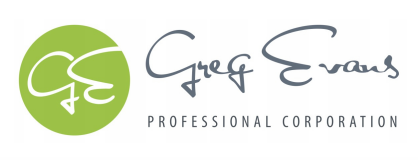Cash Flow Statements
You need to have a thorough understanding of your finances so you can make the right decisions for your business. Knowing how much cash you have on hand at a given time is a significant part of that.
It sounds like a pretty simple concept. And for businesses who stay organized and/or automatically track how and where their money moves, it’s easy to accomplish. Some businesses, however, struggle to understand exactly how much money they have on-hand during a specific time frame. Since money is able to enter and leave a business in so many different ways, it can be hard to keep track of it (particularly when using the accrual method of accounting).
The cash flow statement is a tool that helps with that. It provides you with information about solvency and indicates whether there’s enough cash on hand to cover current financial obligations at your business. It’s a good indicator of financial health. When paired with the balance sheet and income statement, it gives you an accurate understanding of where your finances stand. Externally, banks and potential investors use it to assess liquidity and risk. If expenses far outweigh money coming in, they will likely shy away from loaning you any money or investing.
The cash flow statement tracks the flow of cash and cash equivalents. It’s broken down into three areas: operating, investing, and financing activities. Depending on the software you’re using to keep track of activities, you may be able to have them automatically generated for you. Even if they’re unaudited and unreviewed, they’re incredibly helpful for internal use.
Given how important they are, it’s highly recommended that you learn how to read them. You should be able to understand when there’s an upcoming problem and spot trends in your cashflow. This will help you avoid a number of issues. You may, for example, have completed a significant amount of work for clients in the past two months and assume that you’ll be able to cover your expenses at the end of the month. But if they haven’t paid yet and your bank account reads zero, you’ll have a hard time doing so. This is something that you would want advance notice of so you could take the appropriate steps to head it off; it’s the exact type of situation in which cashflow statements come in handy.
There’s no reason for you to be caught off guard when it comes to your finances. Even if new developments aren’t stellar, they shouldn’t come as a huge surprise. Understanding what your cashflow is telling you is the first step towards being able to manage it properly.
At GEPC, we can develop cashflow statements that give you insight into your business. Even better, we can teach you how to manage your cashflow and/or provide you with an assessment. Now that you know how important cashflow statements are, you probably want to learn how to extract and understand the information it gives you. We can help you with that.
We’ll make sure you’re never caught off guard, and we’ll help you secure the loans you need to grow. Schedule a free consultation at gregevans.ca or (705) 880-2224 to learn more about what we have to offer. It all starts with a conversation.
